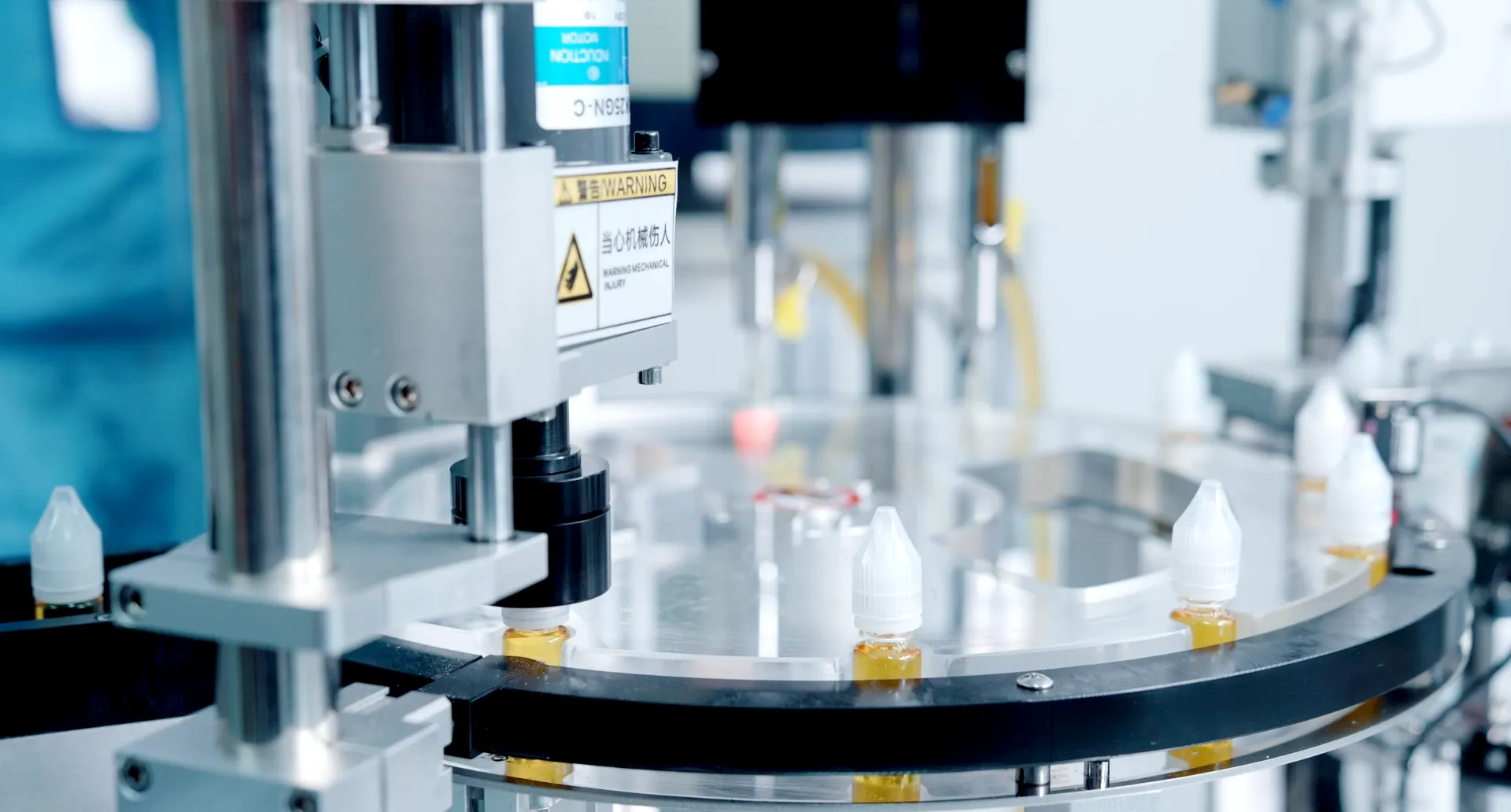
How much does ejuice cost?
As the popularity of e-cigarettes has grown in recent years, so has the demand for e-juice or e-liquid. E-juice is the liquid that is used to fill electronic cigarettes and is heated up by the battery-powered atomizer to produce the vapor that is inhaled by the user. The cost of e-juice can vary depending on a number of factors, including the brand, flavor, and nicotine strength. In this essay, we will explore how much e-juice costs and what factors can influence its price.
One of the most significant factors that can affect the price of e-juice is the brand. There are numerous e-juice brands available on the market, and each will have its own pricing strategy. Some brands may be more expensive than others due to factors such as the quality of ingredients or production methods. For example, premium e-juice brands may use higher-quality ingredients and more complex flavorings, which can drive up the cost. Conversely, more budget-friendly e-juice brands may use cheaper ingredients, such as artificial flavors or lower-quality nicotine.
Another factor that can influence the cost of e-juice is the flavor. Like with any product, the more complex the flavor, the more expensive it is likely to be. This is because more advanced flavorings and natural ingredients can be more expensive to produce. However, some simple flavors may also be costly due to the high demand for them. For example, fruit flavors are among the most popular e-juice flavors, and as a result, are often priced higher than other simpler flavors such as vanilla or chocolate.
Nicotine strength is another factor that can impact the cost of e-juice. E-juice is available in various nicotine strengths, ranging from 0mg to 50mg per milliliter. E-juice with higher nicotine concentrations is often more expensive than those with lower concentrations, as the production of high-nicotine e-juice carries additional costs and requires more experienced blending techniques. For those who want to decrease their nicotine intake, opting for lower nicotine strength can be a cost-effective solution.

The size of the e-juice bottle is also a significant determinant of its cost. E-juice bottles can range in size from 10ml to 120ml, with larger bottles generally being cheaper per milliliter. Although purchasing larger bottles saves on an individual bottle basis, it can be expensive in the long-term if the flavor is disliked by the user. On the other hand, purchasing smaller bottles may be convenient to sample new flavors without the commitment of a bigger purchase, yet can be more expensive per milliliter.
The availability of e-juice can also affect its cost. Some e-juice brands are only available in specific regions or countries, making them more difficult to obtain which results in higher prices. Tariffs or importation fees can also impact the cost of e-juice.
Furthermore, the cost of e-juice can vary depending on where it is purchased. Buying e-juice in a physical retail store can be more expensive than ordering online. Physical stores tend to have higher overheads that e-commerce stores do not have to contend with. Additionally, the convenience of being able to purchase e-juice online often means that online stores offer discounts or promotions that can further reduce the overall cost of e-juice.
Finally, it is important to note that the cost of e-juice can also accumulate significantly over time. Vaping is a habit for most users. Daily consumption gradually grows with time, meaning that e-juice costs might become a considerable fraction of monthly expenses.
In conclusion, the cost of e-juice varies depending on multiple factors such as the brand, flavor, nicotine strength, size of the bottle, availability, and location of purchase. Any individual can make e-juice affordable by considering all of these factors when choosing the right product. However, with awareness of spending and safety precautions to avoid overuse, an individual who moves from traditional cigarettes to e-cigarettes will notice substantial lifestyle savings. This shift not only promotes personal well-being but also supports a responsible use of resources.

We will contact you as soon as possible









